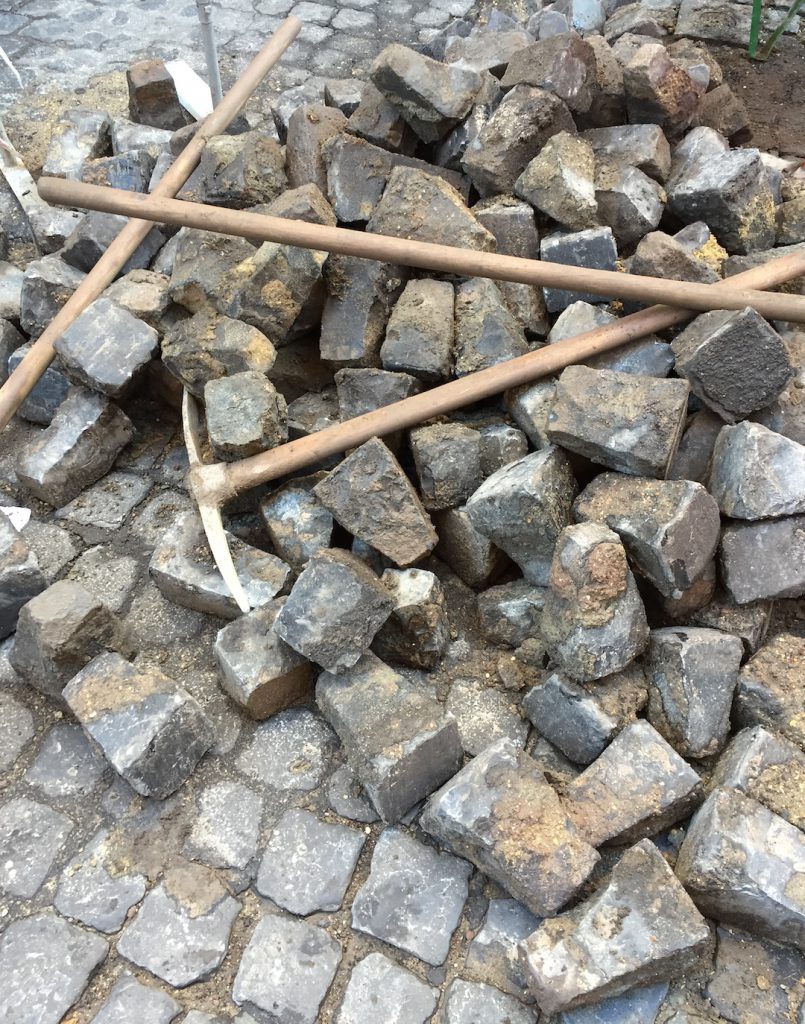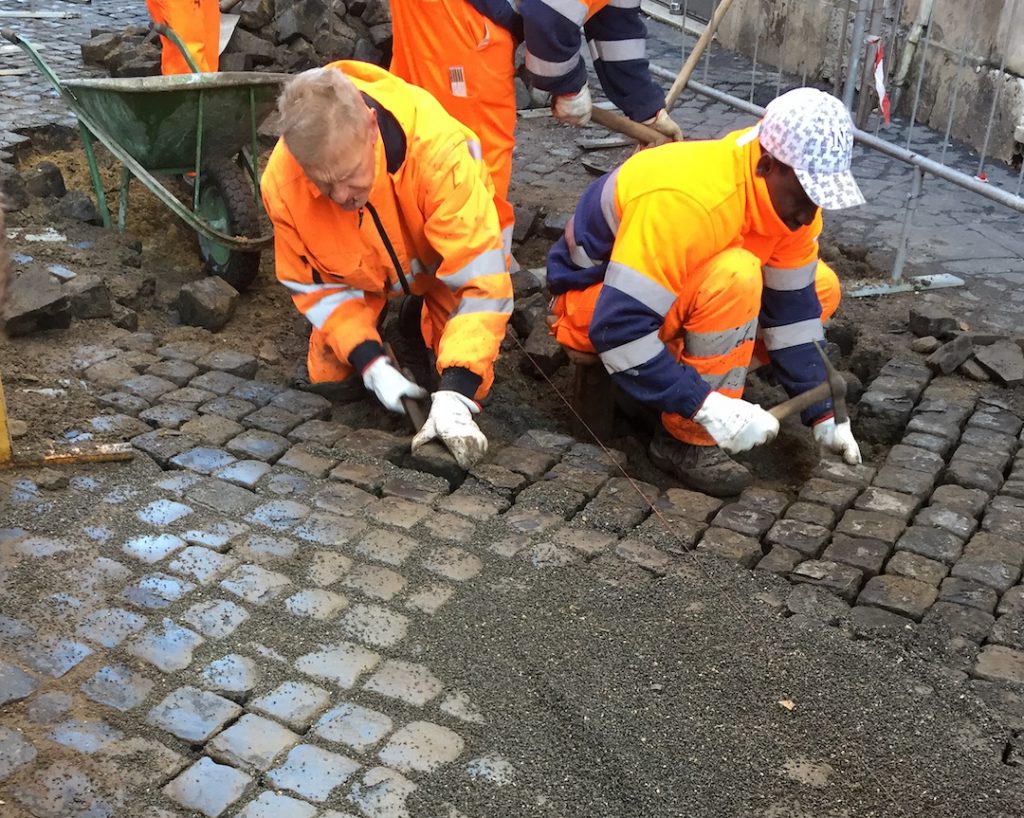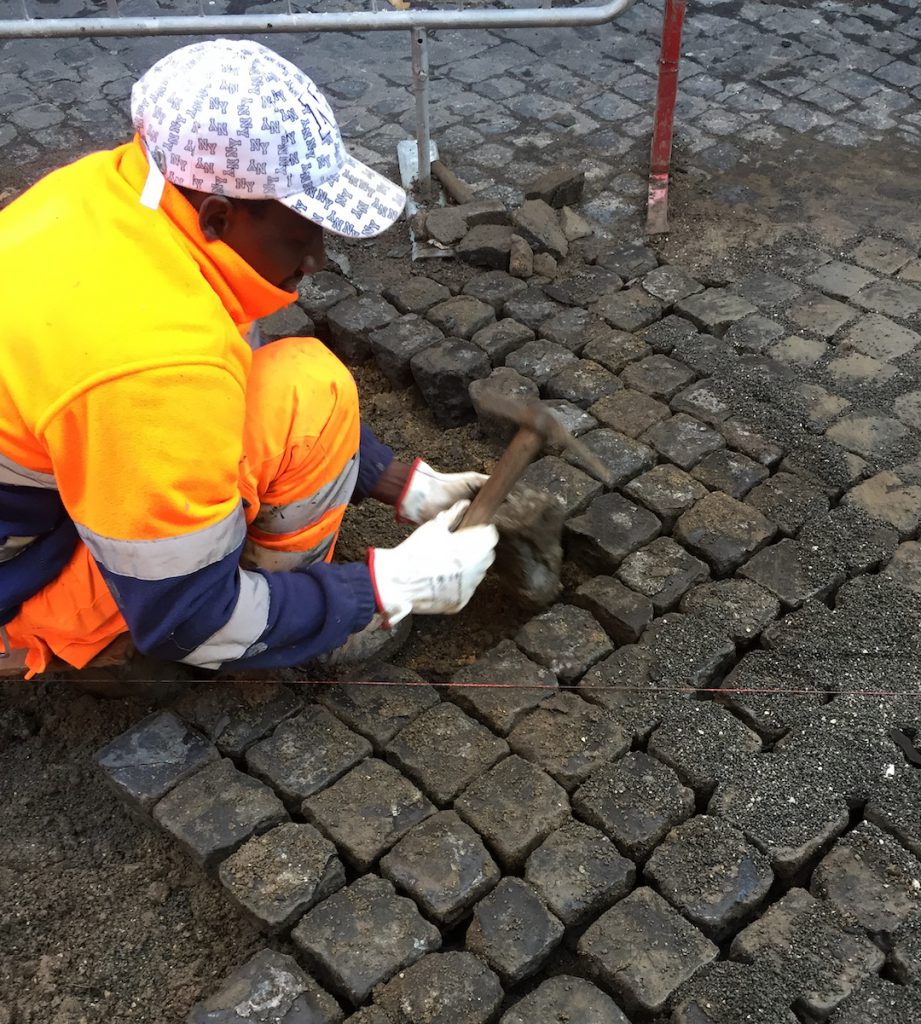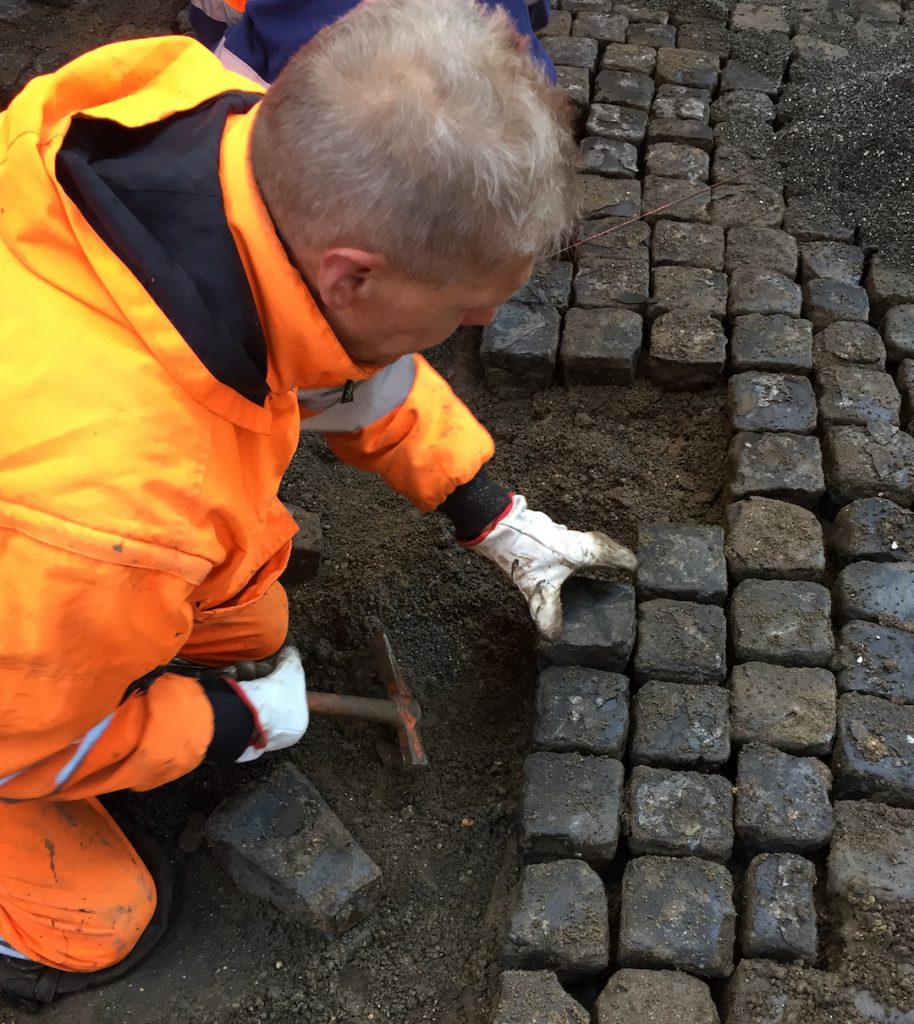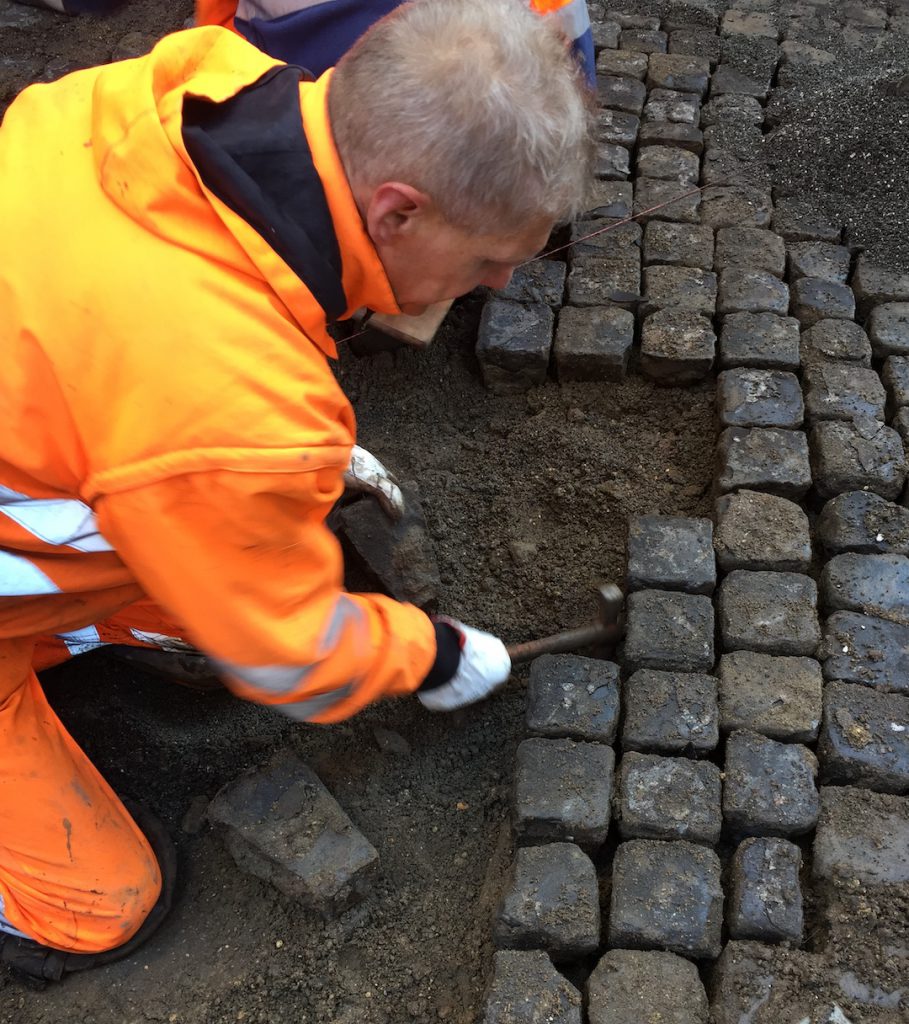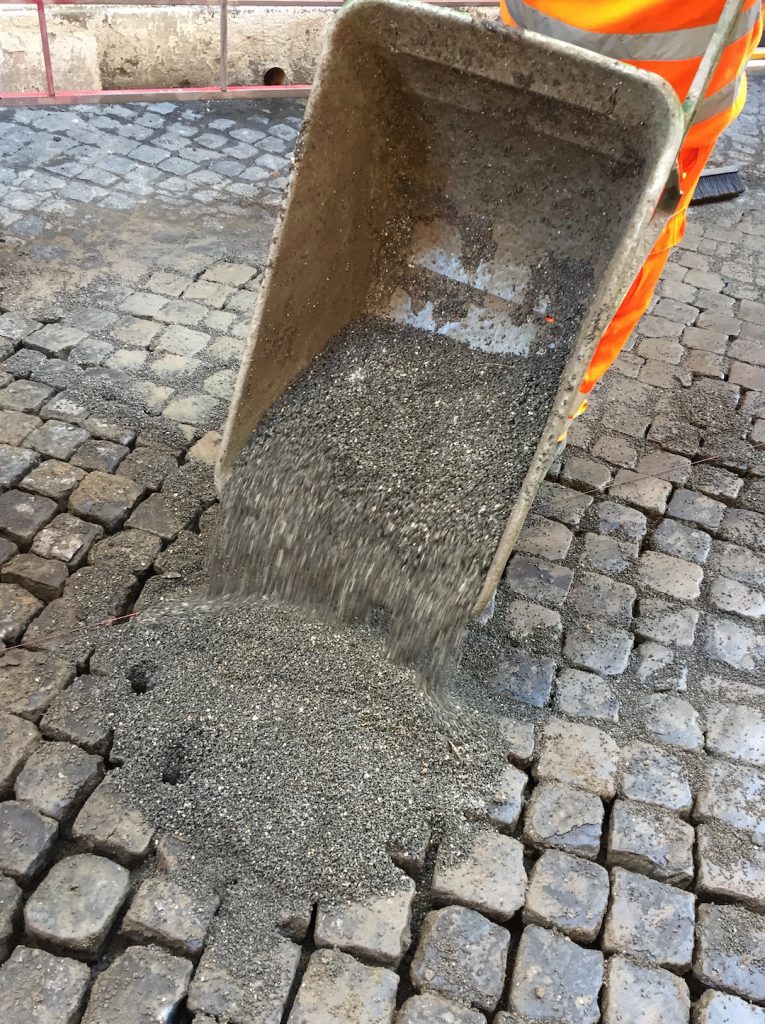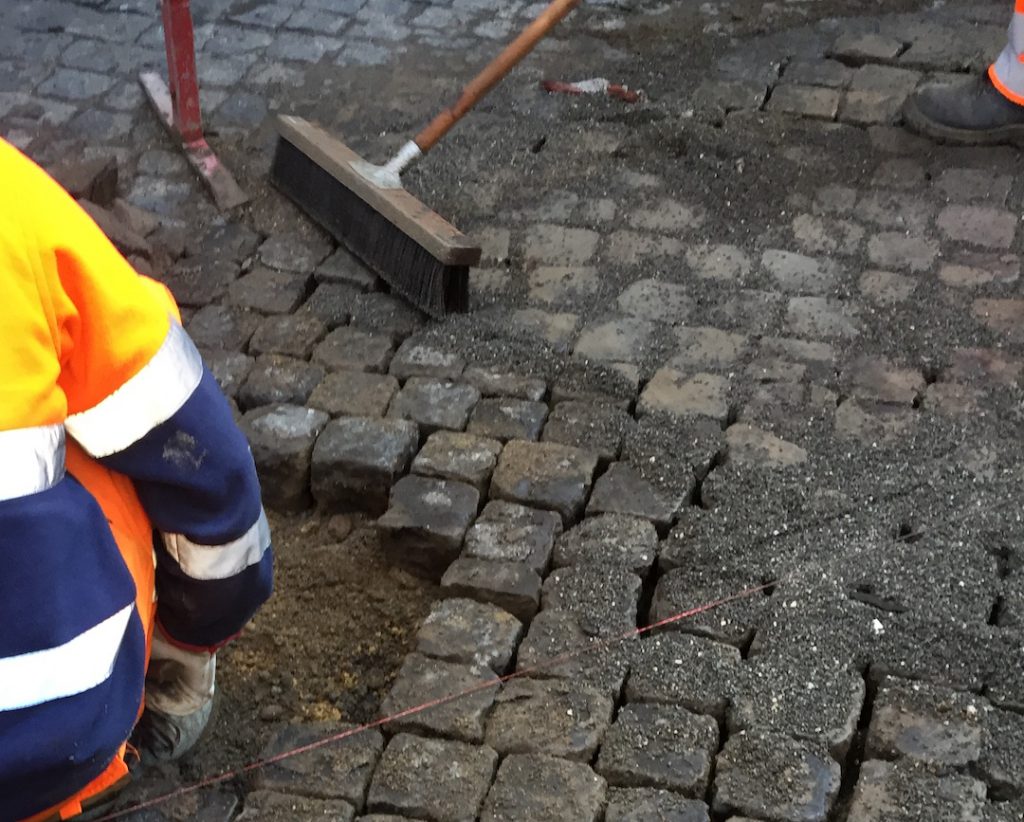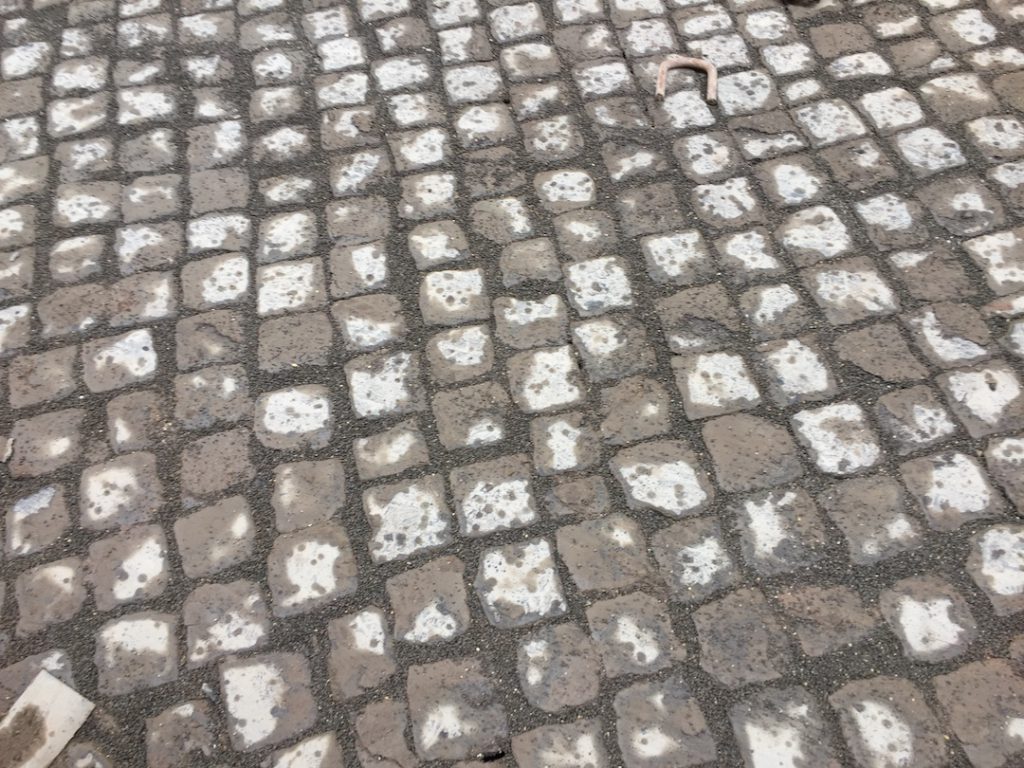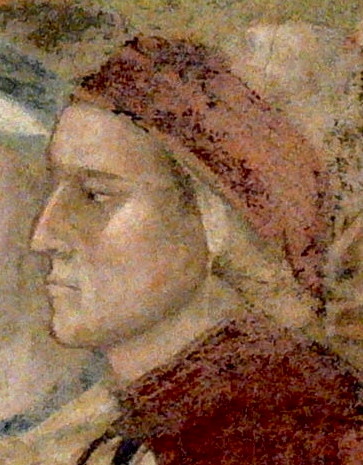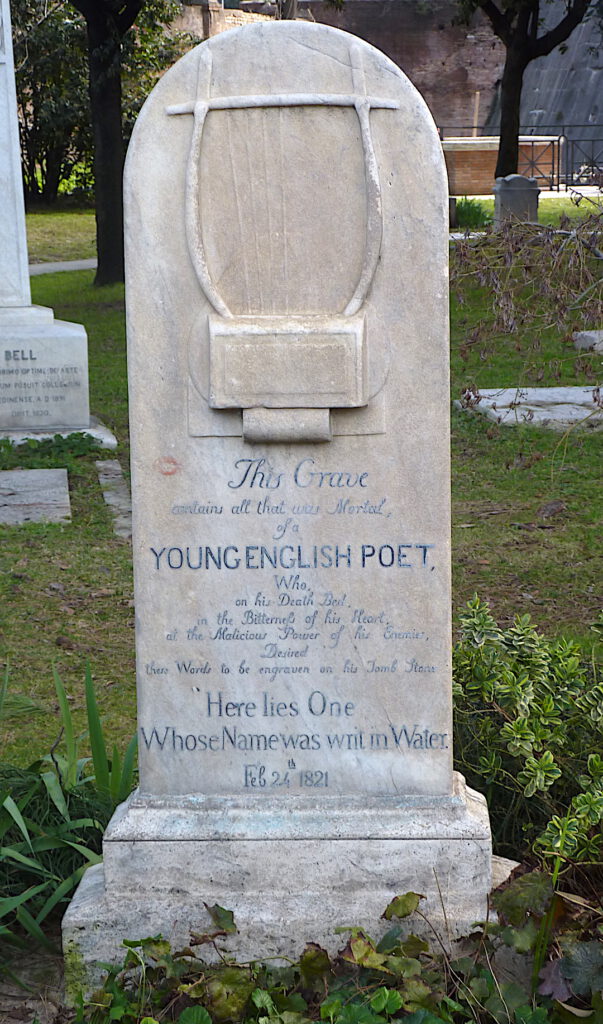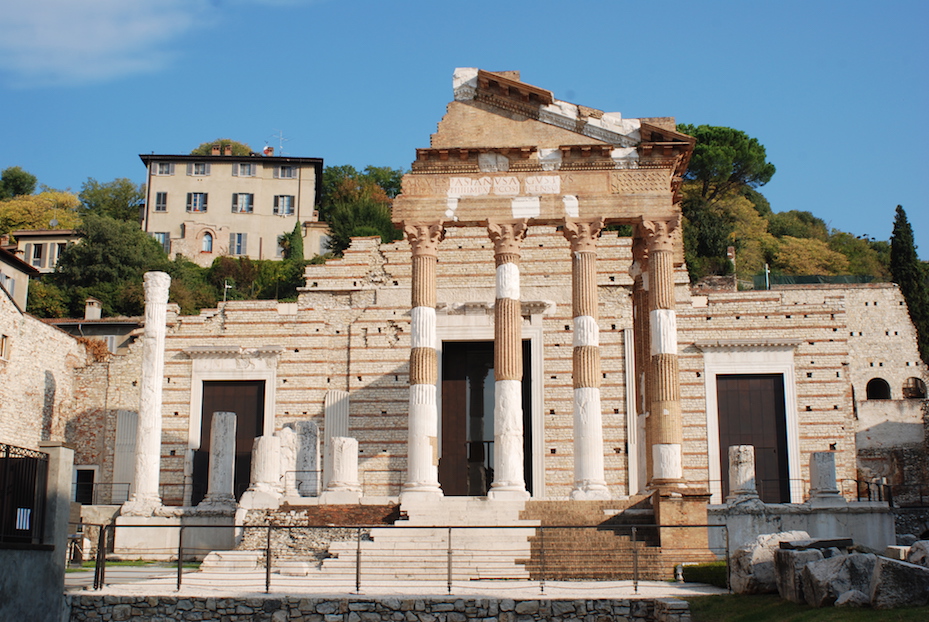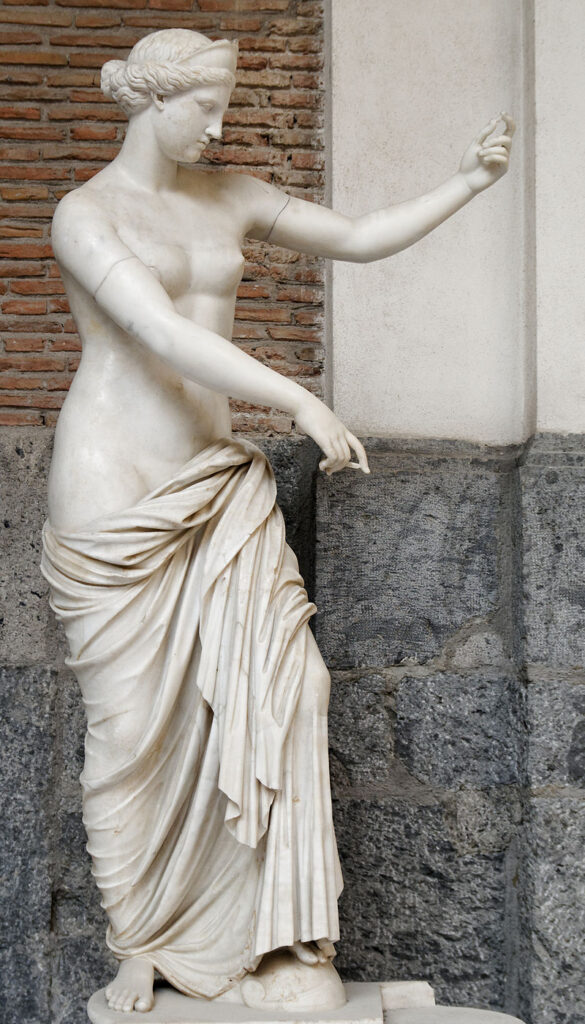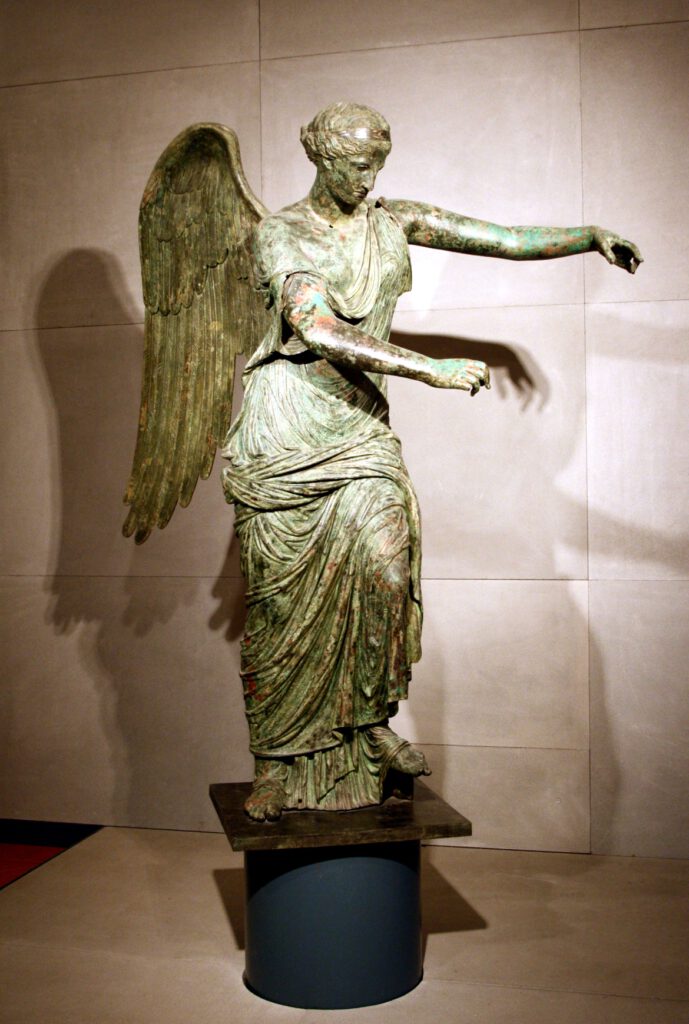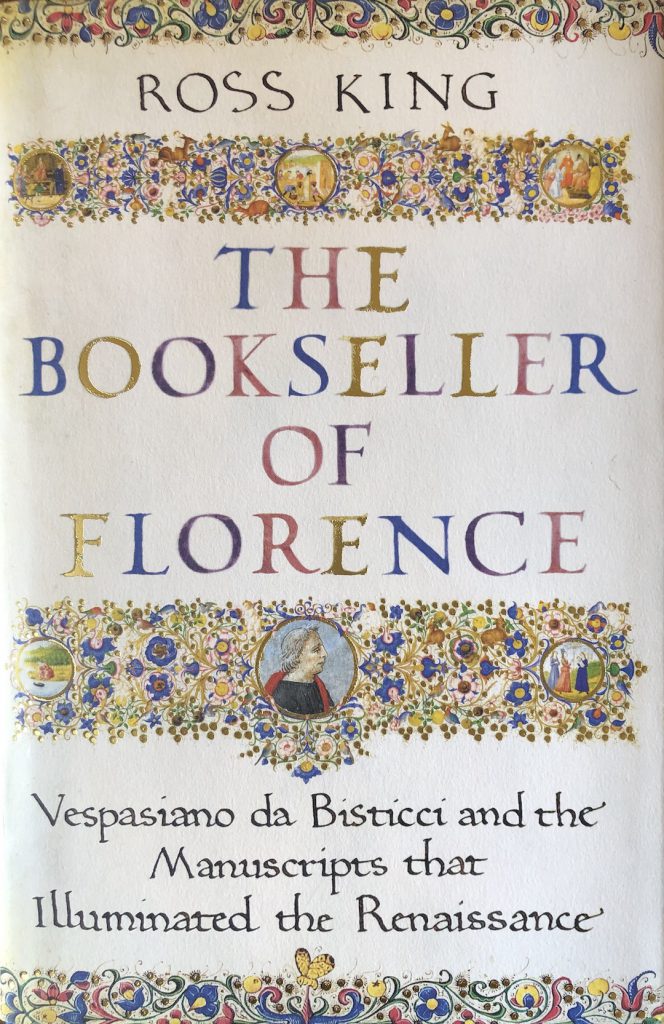
Four hundred and eighty pages might seem a lot to fill, when one has chosen as one’s subject a man about whom next to nothing is known. But Ross King, in this ambitious book published last year, has managed to fill them nonetheless, and the result is eminently readable.
Vespasiano da Bisticci (the eponymous bookseller) was born c. 1422 into a poor family. His improvident father died early, leaving an indigent widow with more children than it seems reasonable to expect her to have clothed and fed and educated, when all she had been left with were debts. But somehow she managed it. One would like to know more about her, but there is no more to say. Florence in the early 15th century, we learn, was a city where 70–80 percent of boys attended school but where girls were largely encouraged never to leave the house, certainly not to go ‘leaping about the piazza’ in gaudy gowns.
Vespasiano grows up and is apprenticed to Michele Guarducci, a bookbinder and stationer. Florence at the time is enjoying its golden age and in Guarducci’s shop Vespasiano meets a number of illustrious men. He seems to have had a natural instinct for endearing himself to them. He knew how to cultivate the right people, was obviously a good networker, and though not a scholar himself, was skilful at understanding his product, at knowing how to talk knowledgeably about it and how to source exactly what his customers might want. By dint of quite a lot of obsequious fawning, he goes on to obtain important patrons such as Cosimo de’ Medici in Florence, Federico da Montefeltro in Urbino and King Ferrante of Naples, acting as their agent and procuring manuscripts for their libraries.
As far as Vespasiano the man goes, that is just about it. The rest of the book consists of lengthy digressions on various subjects, with the persona of Vespasiano forming the link between them. There is the story of the texts of Vespasiano’s books (notably Greek and Roman classics): the means by which they were retrieved from oblivion and the part that Florence played in this fascinating saga, complete with vignettes of the misogynist scholars, cultivated thugs and dilettante noblemen who had an appetite to acquire them. Then there is the story of the manuscripts those texts were turned into: vellum versus parchment; ‘modern’ Roman versus Gothic script; styles of illumination. Then comes the wider history of 15th-century Italy: the infighting in the city states (King gives us a lengthy account of the Pazzi Conspiracy in Florence), tussles with a warrior pope and the conquest of Otranto by the Ottomans in 1480. Badly shaken by this, Italy begins a gradual descent from enlightened humanism to something more inward-looking and defensive. Savonarola makes bonfires out of half a century of learning before ending up on a pyre himself. As for Vespasiano, having been personally reponsible for the production of around one thousand manuscripts, he abandons his faith in the power of Aristotle to guide mankind and reverts to an uncompromising and depressing form of apocalyptic Christianity.
And of course, along the way, there is the elephant in Vespasiano’s bookroom: the printing press. King takes us to Germany for its invention and then to Subiaco, near Rome, for its arrival in Italy. Florence proves a late adopter of the new technology; perhaps because her high literacy rate meant that she was ahead of other cities in terms of manuscript books and thus was slower to feel the need of printed ones. Vespasiano does not seem to mind that a printing press has been set up a few blocks away from his shop; at any rate, he does not feel threatened by it. He is like one of those people who scoffed at the first smartphones, blithely certain that no one will ever really want to do anything else with their handset than make phone calls. Vespasiano was not alone in his disdain. The printing press, many believed, would spread fake news. It would turn out books that were riddled with errors. It would bring texts before the sort of people ill-equipped to digest and understand their meaning.
There is no climactic finale, though. Vespasiano sees that business is no longer what it was and chooses to retire. He decides that he himself will become a writer and sits down to compose biographies of 103 of the ‘illustrious men’ he had known during the course of his career. He could name-drop like mad; the illustrious men of his acquaintance included popes and princes, scholars and sculptors, many of them still household names today.
There was also a single woman, Alessandra de’ Bardi. This seems exciting, not for tokenistic reasons but because so few such biographies exist and it might shed light on the lives that medieval Florentine women led and the prospects that were open to them beyond the hearth and the dowry chest. Unfortunately it seems that Vespasiano believed that no other prospects were appropriate and took the opportunity to turn Alessandra’s life into a disquisition on virtuous female behaviour, vigorously channelling his inner Cato the Elder. Interestingly, King does not actually tell us this. He remains completely silent about the single female Life, perhaps, one feels, out of disappointment and frustration that his bookseller was not more ahead of his time. What does emerge from King’s narrative is an impression that the Renaissance Florentine convent offered more scope to a lively-minded woman—of any class—than marriage did. King includes delightful details about a nun called Sister Marietta who worked as a compositor in the San Jacopo printing works.
But what became of the text of Vespasiano’s Lives? ‘A terrible irony befell Vespasiano’s project,’ King tells us. ‘As well he knew, the fame of illustrious men was sometimes lost to history not because no one preserved their deeds but because the manuscripts that celebrated these deeds had perished or been lost. Such could have been the fate of Vespasiano’s manuscript. Since his presentation copies were all copied by hand, their readership was circumscribed, and his praises of illustrious men, as the decades passed, went largely unheard. A few more handwritten copies were made from his manuscripts in the centuries that followed, but all quickly disappeared into libraries or simply vanished from sight in a sorry reprise of the loss of knowledge during the “Dark Ages” that he had done so much in his lifetime to reverse.’
Ironically, Vespasiano’s text is known to us not through the offices of its own author but because a stray manuscript from the Vatican Library, rediscovered and issued in printed form in 1839, came to the attention of Jacob Burckhardt, who was electrified by it and used it as the basis of his The Civilization of the Renaissance in Italy (1878), hugely influential and still in print. It is through Burckhardt, via the printing press, that the existence of such a man as Vespasiano da Bisticci and the concept of such a thing as the Renaissance is known to us at all.
All of this must make us wonder about the technology shift that is taking place in our own time. We are abandoning print on paper and, in a bizarre about-turn, going back to scrolling. But our electronic medium is far more ephemeral and fragile than any book, either written or printed. And the risk of unedited, inaccurate, misleading information finding its way onto the internet is infinitely greater. We do not know what Vespasiano would have made of this. We do not really know what he thought about anything except that he was prudish; that he was a good businessman so long as established markets remained strong; and that he lacked vision when faced with a disruptive technology. He died in 1498 and lies beneath the floor of Santa Croce, under a worn and faded slab that bears only his brother’s name. King’s book is his eloquent epitaph.
Reviewed by Annabel Barber
Ross King: The Bookseller of Florence. Vespasiano da Bisticci and the Manuscripts that Illuminated the Renaissance. Chatto & Windus (Penguin Books) 2021.







